The public bath in the center of Yerevan ceased to exist in 1992 when Vagharsh Abrahamyan came to Armenia from Russia, bought the space, and brought jewelers together. Over the course of thirty years, the space has turned into a nine-story gold high-rise with as many as 5,000 employees. Masters process gold in this building, turn it into jewelry, then sell it.
At the end of the working day, the merchants complain about their social situation and go about counting thick batches of banknotes. World of Gold manager Vigen Hovsepyan jokes: "Merchants put the gold under their mattresses, the mattresses rise and reach the ceiling, and they scream from above: help, there is no air."
The gold market is a space you can take pictures of forever: what seems like an innumerable number of stalls, lined up to face each other, and glittering gold inside. The shine intensifies, mingling with the reflection of the mirrors hanging on the walls and placed on the tables. And it is in the dazzling lines and glitters that we are trying to spot people.
Everyone has their story. Many have been here since the beginning when the market had just opened. They take pride in it. Others had a different life and profession before coming here: economists, builders from Lebanon and Syria, people who served in the Air Force of the Soviet Union, even ballet dancers and poets. What brings them all together is gold – the relatively soft and incomparably expensive yellow metal that has been known to humankind for a long time.

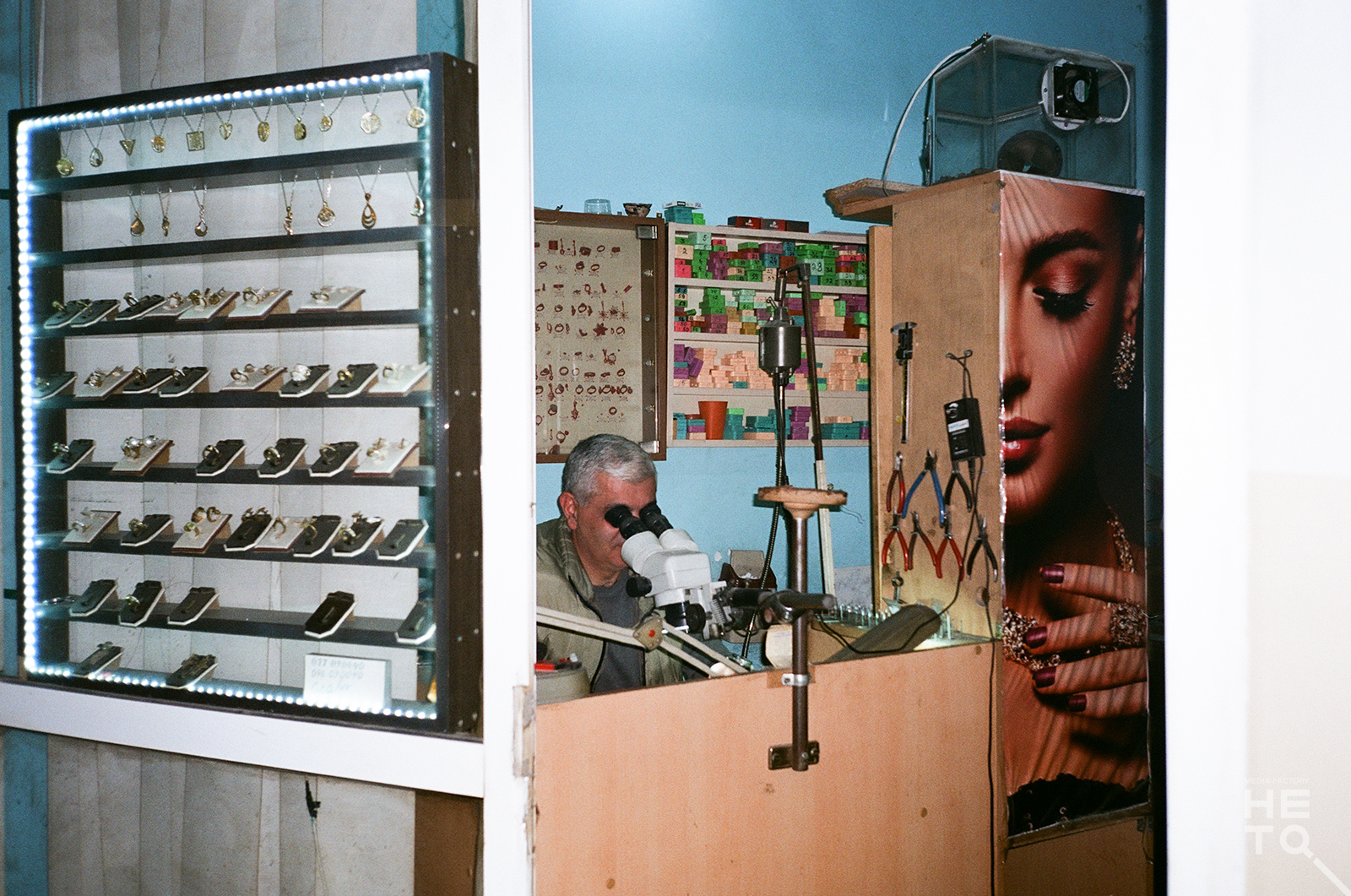
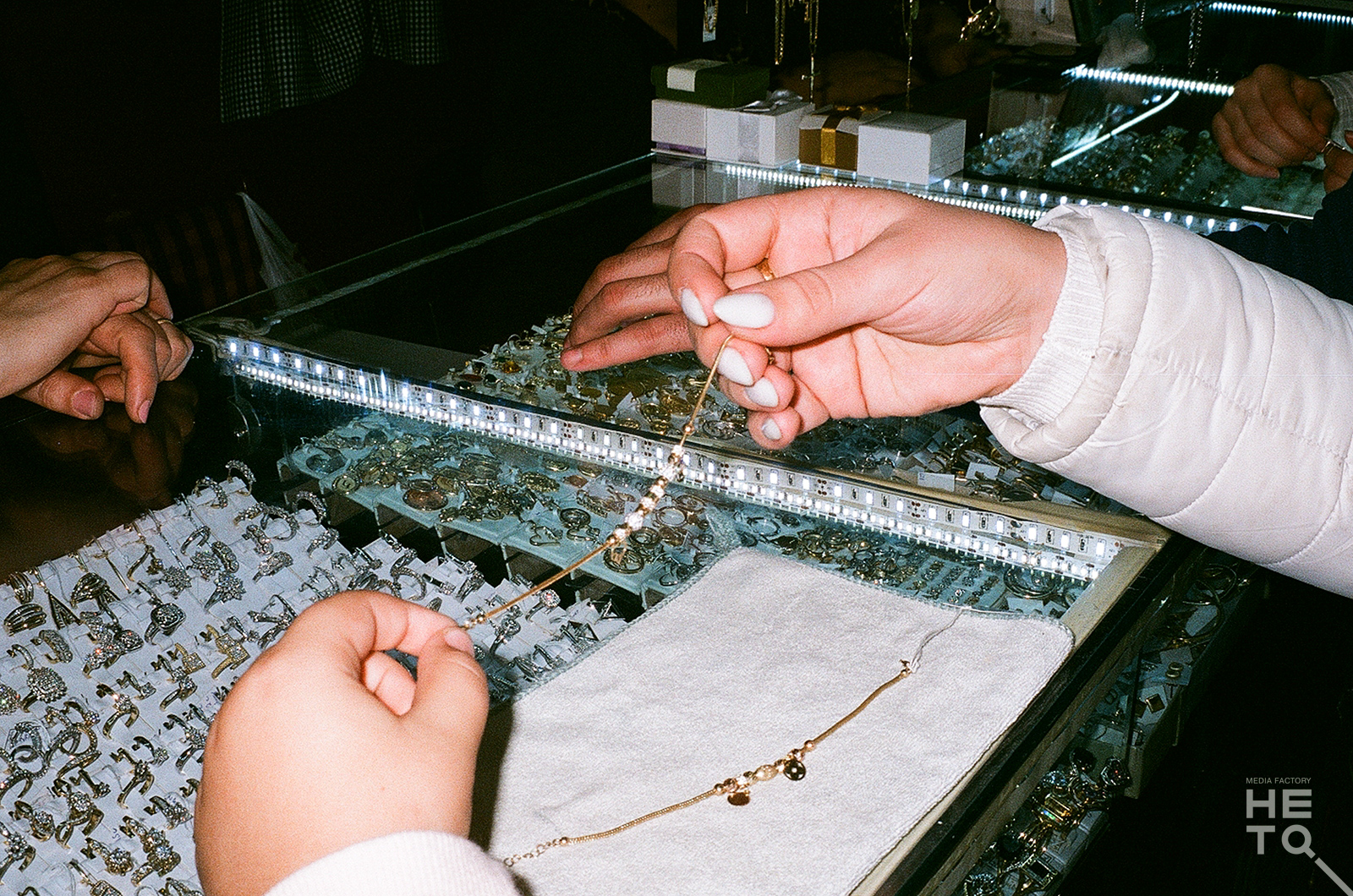

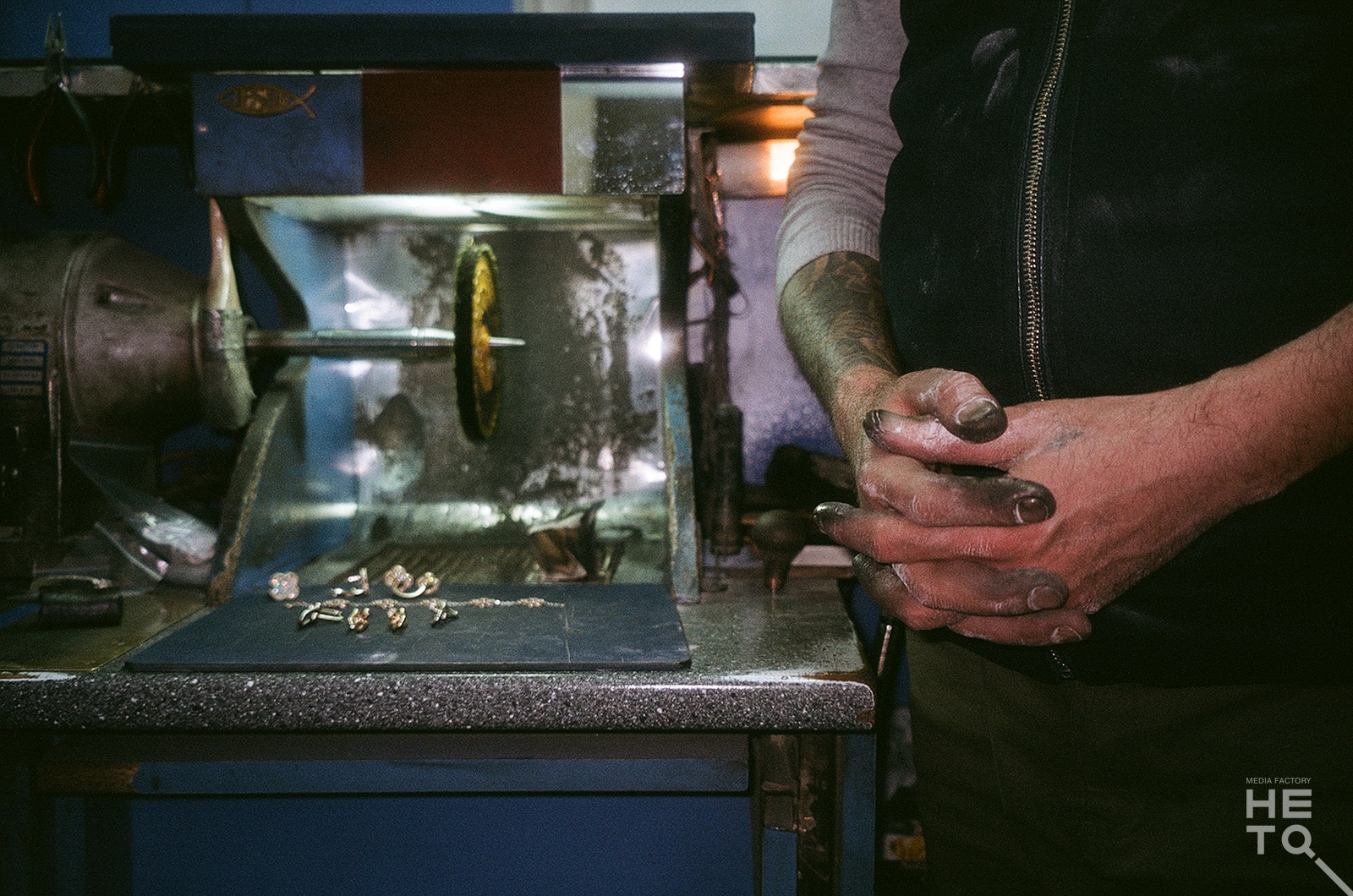



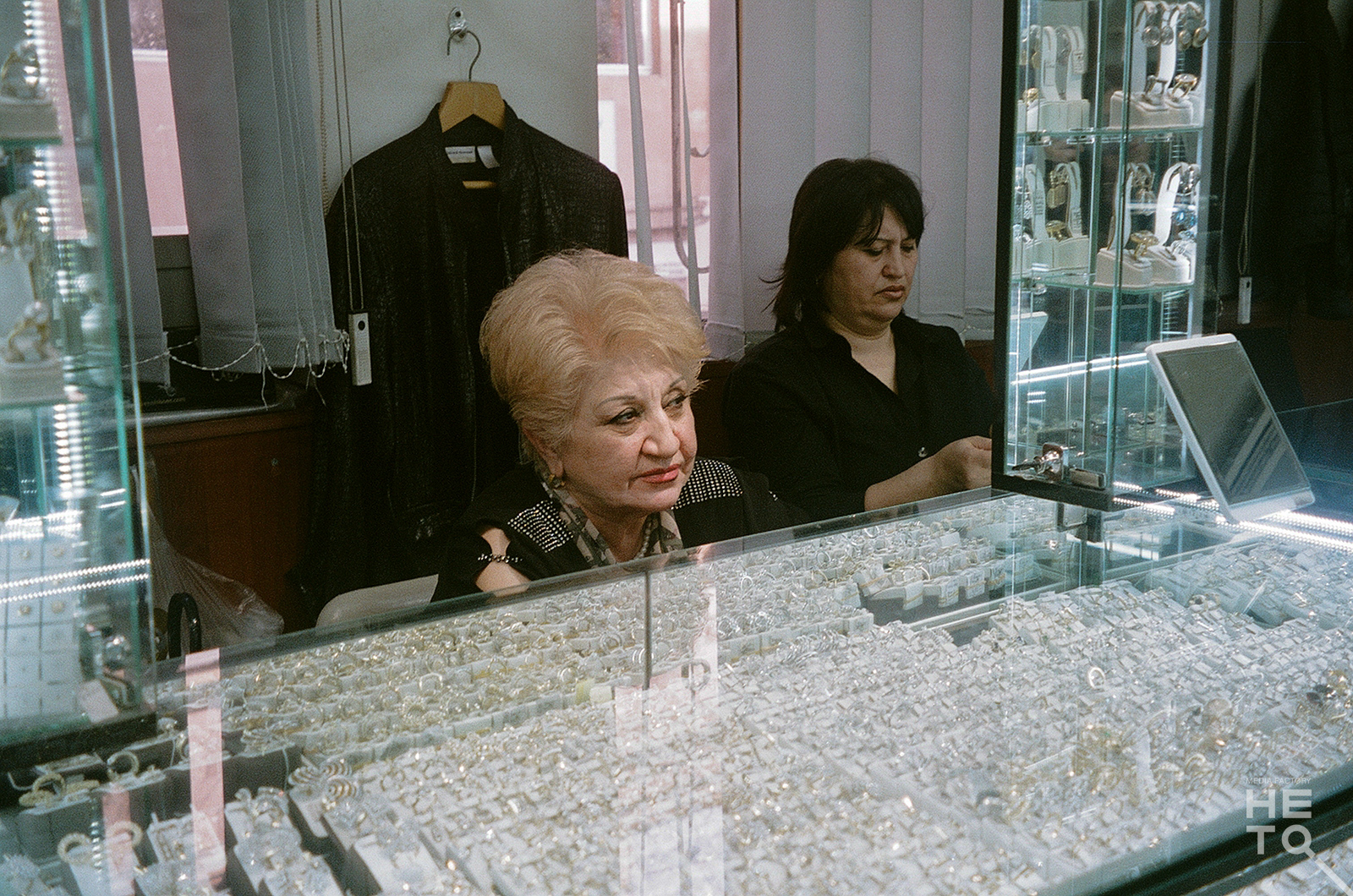



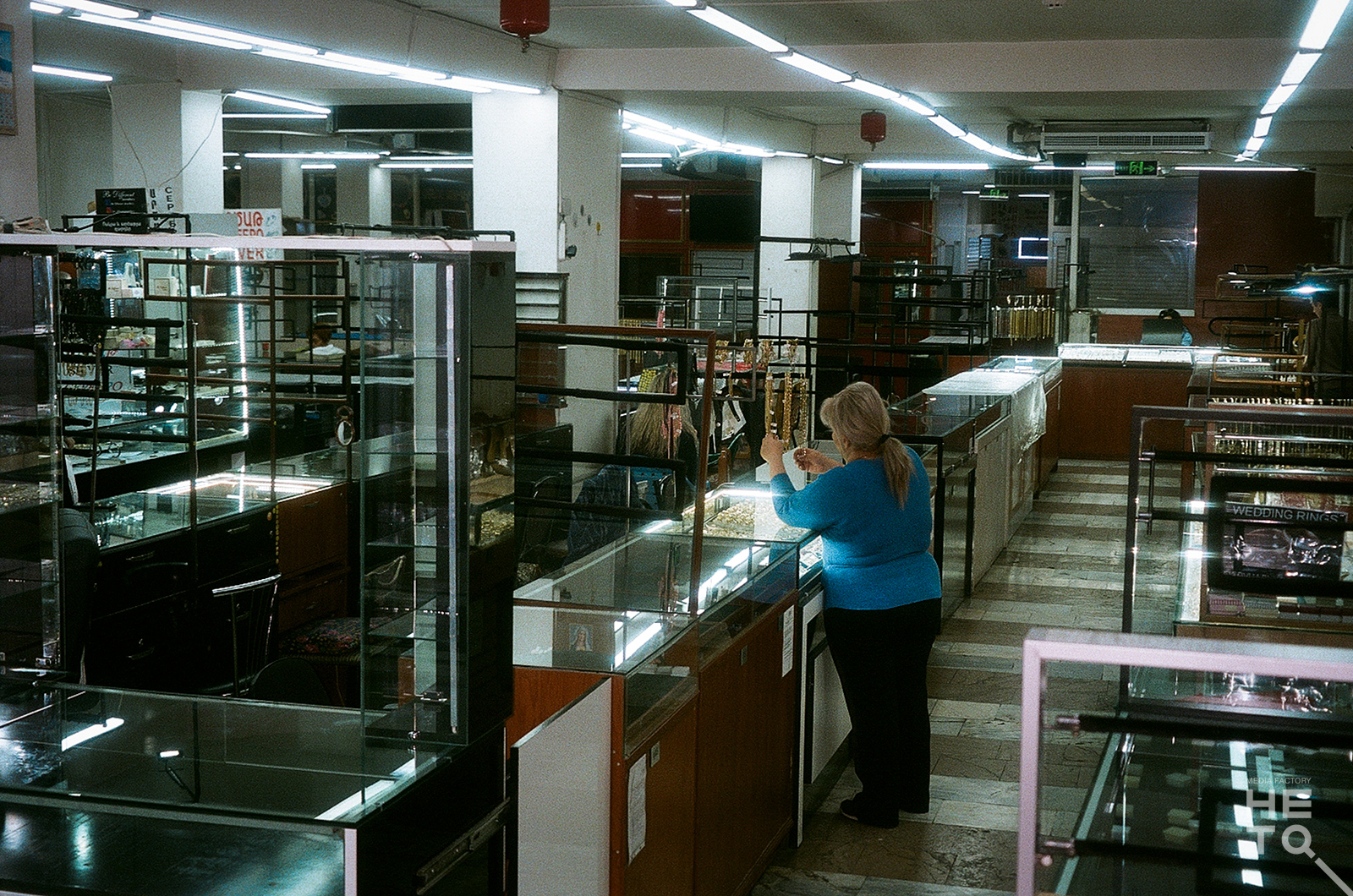
Co-author: Valentina Grigoryan
Authors
Students
Julietta
Hovhannisyan
Students
Svetlana
Movsisyan
Instructors
Instructors
Vahan
Stepanyan
Instructors
Mariam
Barseghyan